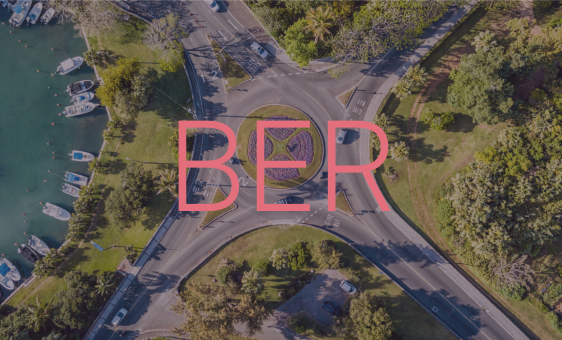What is a Block Reinsurance Transaction?
A long-term block reinsurance transaction involves the ceding of a defined group of in-force policies, transferring most of the liabilities and risks to a reinsurer. In simpler terms this is when an insurance company transfers a large group of insurance policies (and the risks and money linked to them) to a reinsurer. The BMA’s new notice clarifies which types of block transactions are in/out of scope:
In Scope:
(i) transactions covering both future premiums (e.g. flow transactions) and in-force business are considered block transactions;
(ii) asset intensive transactions such as pension risk transfer and the ceding of fixed annuities; and
(iii) fixed annuities, fixed index annuities, variable annuities and whole life policies.
Out of Scope:
(i) traditional mortality/morbidity solutions such as renewable term reinsurance,
(ii) longevity swaps; and
(iii) stop-loss coverage for biometric risk.
What is the Approval Process?
The BMA follows a risk-based and proportional approach to reviewing transactions, tailoring its review based on the deal’s complexity and impact. The BMA encourages insurers to notify the BMA early of any upcoming transactions and to have preliminary discussions with the BMA, either through its supervisory engagements and/or ad hoc meetings. The review process for block transactions is typically structured around documentation review followed by targeted discussions with the insurers management team and if required other relevant regulatory contacts.
The BMA has explained that under the Insurance Code of Conduct, insurers are required to maintain appropriate oversight, documentation, effective risk management and internal control frameworks for each transaction. As such, this process should not create any new process or documentation requirements for applicable insurers. Information provided to the authority should be the same as what is used internally in the underwriting risk assessment and governance review of the relevant transaction. Specifically, the application should include details on (i) strategic rationale and economic impact of the transaction, (ii) underwriting and investment strategy, risk management, and governance details, (iii) reinsurance, collateral, and investment agreements (iv) impact on solvency and stress testing, and (v) total asset requirements, under both Bermuda and the ceding company’s framework.
Note that the above does not remove the requirement to submit any material change applications under the Insurance Act 1978. The BMA aims to complete its review within two to four weeks, provided the application is well-documented and proactively discussed and as such preliminary discussions are key to ensuring a timely approval. For detailed information on specific information to include your application please refer to the Appendix in the Notice.
Takeaways
With Bermuda’s role as a global hub for insurance and reinsurance, these rules enhance market stability and regulatory oversight. Insurers engaging in block reinsurance transactions should fully comply with the BMA’s requirements in order to have a seamless approval process.






















